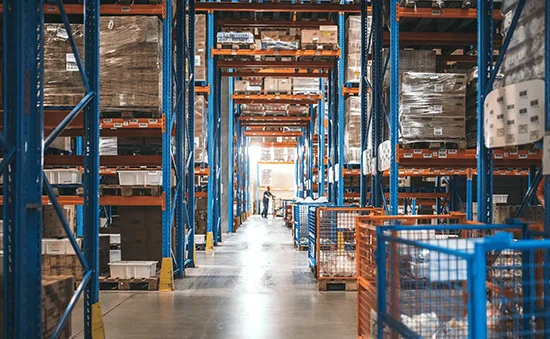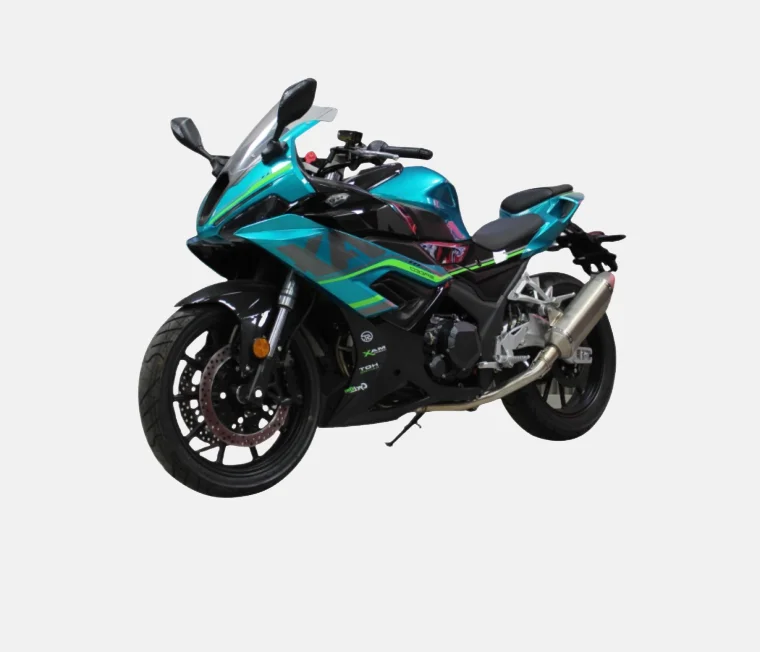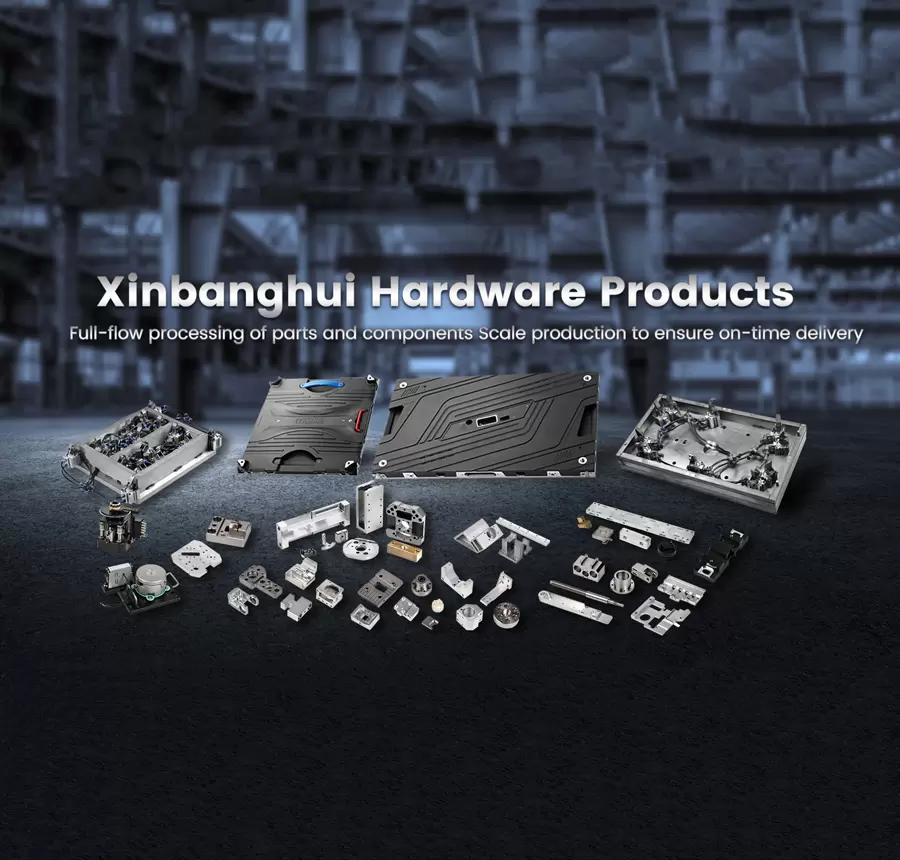Navigating the Cost-Effective Landscape: Unveiling the Cheapest Modes of Transport
In an increasingly interconnected world, the need for efficient and economical transportation has never been more critical. As individuals and businesses seek to minimize costs while maximizing convenience, understanding the various modes of transport available is essential. This article delves into the nuances of transportation costs, exploring which methods are considered the cheapest and why they hold that distinction.
Understanding Transportation Costs
Before identifying the cheapest modes of transport, it's crucial to understand the factors that contribute to transportation costs. These include:
- Distance: The longer the distance, the higher the potential cost, but this can vary significantly depending on the mode of transport.
- Type of Goods: Different goods have different transportation requirements. For instance, perishable items may necessitate faster, more expensive transport.
- Volume and Weight: Heavier and bulkier items typically incur higher costs, influencing the choice of transport.
- Fuel Prices: Fluctuating fuel prices can dramatically impact the overall cost of transportation.
- Infrastructure: The quality and availability of transport infrastructure can affect costs, especially in remote areas.
The Cheapest Modes of Transport
- Walking and Bicycling:
- Cost: Virtually free, aside from initial investment in a bicycle.
- Ideal For: Short distances, urban commuting, and environmentally conscious individuals.
- Benefits: No fuel costs, minimal maintenance, and health benefits.
- Public Transportation:
- Cost: Generally low, with options like buses, trams, and subways offering affordable fares.
- Ideal For: Urban dwellers and those without access to a personal vehicle.
- Benefits: Reduces traffic congestion, lowers carbon footprint, and provides a reliable means of transport.
- Carpooling and Ridesharing:
- Cost: Shared costs among passengers can significantly reduce individual expenses.
- Ideal For: Commuters traveling similar routes.
- Benefits: Cost-effective, reduces the number of vehicles on the road, and fosters social interaction.
- Freight Trains:
- Cost: Economical for transporting large volumes of goods over long distances.
- Ideal For: Businesses needing to ship bulk items.
- Benefits: High capacity, lower fuel consumption per ton-mile compared to trucks, and reduced environmental impact.
- Shipping by Sea:
- Cost: Competitive for international trade, especially for bulk goods.
- Ideal For: Businesses engaged in global commerce.
- Benefits: Cost-effective for large shipments, lower carbon emissions compared to air freight, and the ability to transport oversized cargo.
- Low-Cost Airlines:
- Cost: Affordable fares, especially when booked in advance.
- Ideal For: Travelers seeking to cover long distances quickly.
- Benefits: Speed and convenience, with many airlines offering budget options.
Factors Influencing the Choice of Transport
While cost is a significant factor, other considerations also play a vital role in determining the most suitable mode of transport:
- Time Sensitivity: For urgent deliveries, faster modes like air freight may be necessary despite higher costs.
- Environmental Impact: Increasingly, consumers and businesses are considering the ecological footprint of their transport choices.
- Convenience and Accessibility: The availability of transport options and their proximity to users can influence decisions.
Conclusion
In conclusion, the cheapest way of transport varies based on individual needs, distances, and the nature of goods being transported. Walking and biking stand out for short distances, while public transportation and carpooling offer economical solutions for urban commuting. For businesses, freight trains and shipping by sea provide cost-effective options for bulk goods, while low-cost airlines cater to travelers needing speed. Ultimately, the choice of transport should balance cost, convenience, and environmental considerations, ensuring that individuals and businesses can navigate the complexities of transportation efficiently and affordably.






